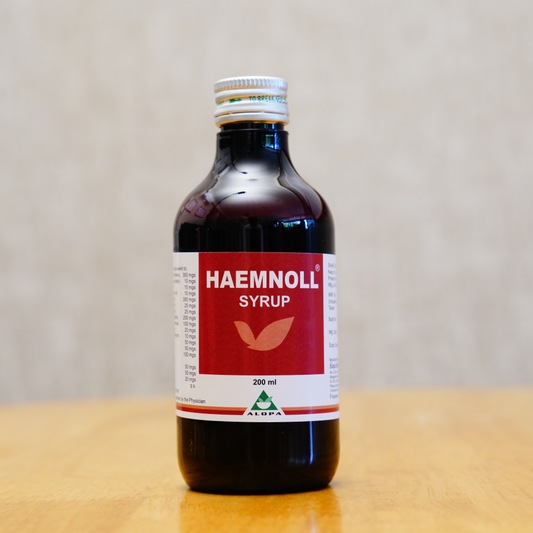
Amalaki: The Fruit That Remembers the Forest
Amalaki is prized in classical Ayurveda for antioxidant and rejuvenative benefits.
Beneath the quiet boughs of ancient groves, where sunlight filters through in thin gold veils and the ground remains cool long after noon, grows the Amalaki. To the botanist, it is Emblica officinalis. To the village healer, it is Dhatri, the nurse, the sustainer. And to those who have sat at the knee of time, it is simply the gooseberry tree, known not for its appearance, but for its enduring memory of the forest.
Amalaki is not sweet in the way of imported fruits. It arrives sharp on the tongue, astringent, sour, cleansing. Yet after the first taste, a curious sweetness unfolds. Old Ayurvedic treatises speak of this transformation with a kind of poetic seriousness. Rasa shuddhi, the purification of taste, begins with surprise and ends in balance. Few fruits dare such complexity.
It is said that Amalaki bears its fruit at the turn of winter when the sky hangs low, and the earth sleeps lightly. Even then, it does not grow wild or undisciplined. The tree is modest in height, its canopy measured, its fruit a pale green. But inside that small orb lies an intelligence older than any man. One that nourishes ojas: the subtle essence of vitality; in ways science has yet to fully name.
The physicians of yesteryear prescribed Amalaki not for one ailment, but for the restoration of many: fatigue of the skin, of the liver, of the mind. A tonic for scholars, for brides, for men returned from long postings. In its preparation, no haste is permitted. Sun-dried or slow-steeped, always handled with the same care one gives to linen in the monsoon.
In households that still light lamps at twilight, one might find a brass bowl containing preserved Amalaki, a tradition continued not for novelty, but for knowing. It is not fashionable, nor rare. But it is trusted. And trust, as we are often reminded, is the true luxury.
If youth had a flavor, it would be that of Amalaki: tart with beginnings, warm with promise, and wholly unforgettable.
Included in:
Alopacid -Acidity support
Haemnoll -Iron & Energy
Activa Forte -Enhances Brain Circulation
Pilocure-Piles & Hemorrhoid support.








